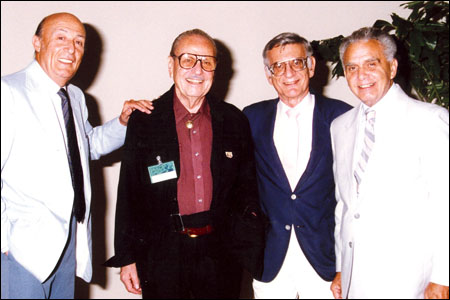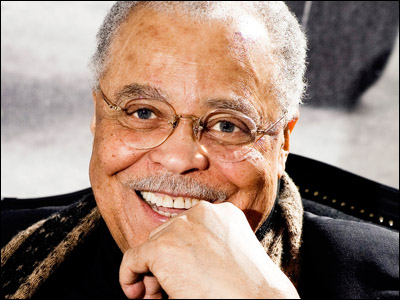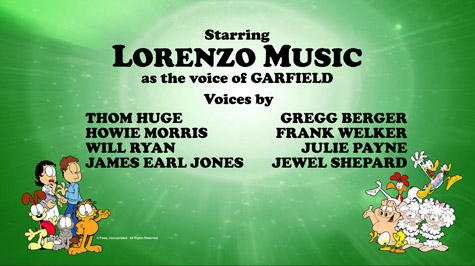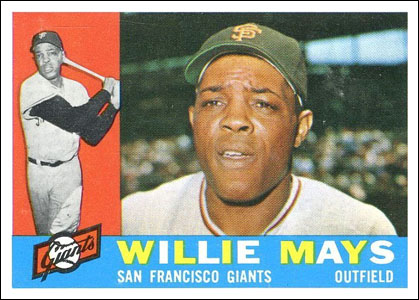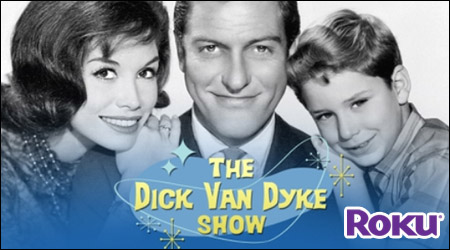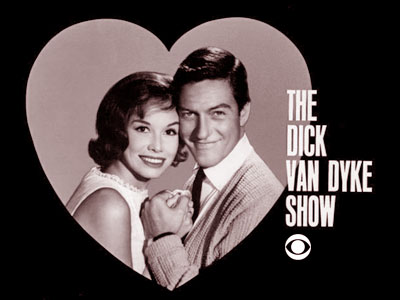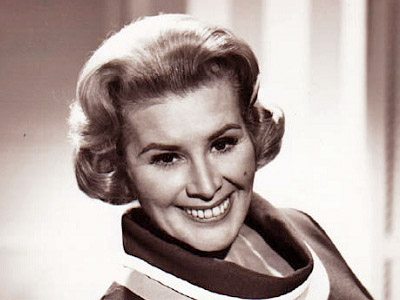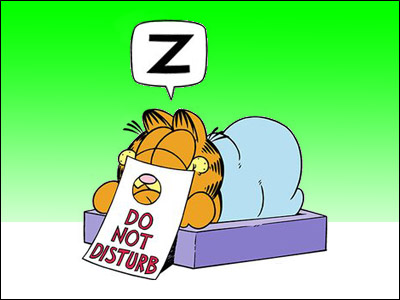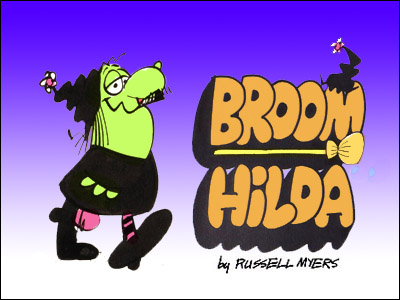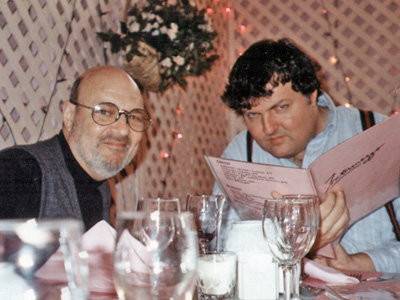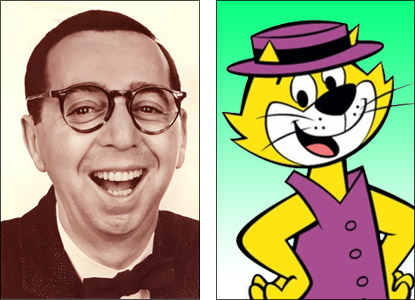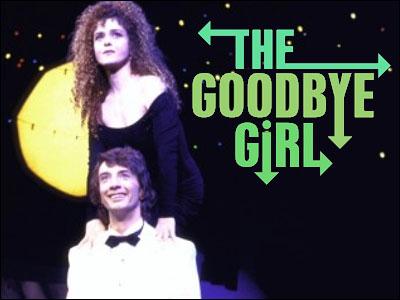
It's two weeks until Thanksgiving and MeTV Toons has already been running Christmas specials. This coming Saturday, they're offering up Yogi Bear's All-Star Comedy Christmas Caper, the third of three Yogi Bear Christmas shows that Hanna-Barbera made. The online MeTV Toons schedule says it's on at 5 PM but that may or may not be true for your time zone or source of cable. Lemme tell you a few interesting things about it…
The show aired for the first time on December 21, 1982. It was written by Yours Truly in July of that year and even before I got the job, the show was horribly behind schedule and there was a genuine fear that it could not be completed in time to air on that contracted date. Joe Barbera called me in, described the crisis and asked me if I had any ideas for a half-hour special. Many other writers had written scripts or outlines for it and all had been rejected somewhere along the food chain. In fact, the show was originally supposed to be done for Christmas of '81 but it was kicked over a year because they didn't have a workable script.
They hadn't come up with anything that could get through the approval process since then and it was now looking too late to get it done for 1982. Hanna-Barbera had proposed delaying it yet another year but CBS said no, it's now or never. So time was running out and all they had was the title that Mr. B — that's what most of us called him — had come up with when he'd first sold the network on doing a prime-time Yogi Christmas special.
I didn't have any idea for a Yogi Bear Christmas special but Mr. B and I brainstormed for a little while and I came up with something that he liked. I'm not sure if I realized it at the time but it was not unlike the plot of a Laurel & Hardy movie which, like all Laurel & Hardy movies, was irrevocably etched into my brain. But Joe liked it and I liked it and he phoned someone at CBS and pitched it over the phone to them. Mr. B was one of the greatest salespersons who ever lived — which is why his studio had the success it had — and they said yes.
He told me to go home and start typing like crazy. I basically had about three days. For an important network special that was re-introducing a great many Hanna-Barbera properties to a prime time audience, I should have had three weeks.
I have worked on few shows in my career that had as many fights and problems as this one. The biggest one — one of the nastiest battles I've ever had — came when an attorney in Business Affairs at the studio decided that Daws Butler, the voice of Yogi, was asking for too much money. This Biz Guy actually ordered the voice department to recast Yogi and all the other roles Daws was to perform in the show — Huckleberry Hound, Snagglepuss, Quick Draw McGraw, Mr. Jinks, Hokey Wolf, Augie Doggie, Snooper and Blabber, Dixie the Mouse and Wally Gator.
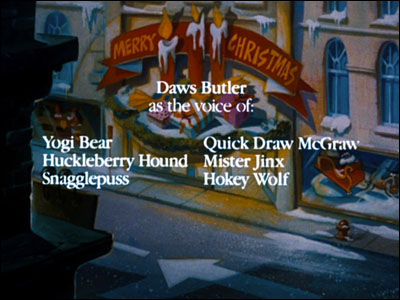
and misspelled Mr. Jinks.
So they not only wanted me to write the show in three days but this one guy there in a department which should have been called Non-Creative Affairs thought they could recast the voice of eleven of their established characters in a week or so. I wrote about that battle in this article a long time ago.
That article was about Daws — still one of the most wonderful and talented people I've encountered in my long journey through the comic book and television industries — so I didn't include some of the other problems we had on that special. Wanna hear about some of them? I had a feeling you would…
Well, first: We had a battle over what I would be paid and, of course, it involved that same guy in Hanna-Barbera Non-Creative Business Affairs. Joe Barbera was telling me I had to write the script as fast as humanly possible while this lawyer was stalling and making lowball offers. I think he thought that my sense of loyalty to the studio and Yogi would cause me to write all or most of the script before we'd settle on my fee. That, of course, would put me in a horrible negotiating position. My agent couldn't say "Mark won't write this script until you make us a better offer" if I'd already written the script.
That got settled with some bloodshed but that's a separate story, too long to include here. And even after we'd settled on what I'd be paid and I'd finished the script and it had gone into production and everyone was happy with it, the Biz Affairs guy was trying to renegotiate the deal to which he'd agreed.
Everyone — including the folks at the network — approved the script with minor notes. I'm not sure if they really liked it or if at that point, they were so desperate that they'd okay anything but I made the minor changes and suddenly, we were in production, racing against the calendar.
Daws then recorded the voice track for the show along with a Who's Who of the best performers who'd worked on earlier Hanna-Barbera cartoons: Don Messick, Mel Blanc, Henry Corden, Allan Melvin, Janet Waldo, Hal Smith, John Stephenson and Jimmy Weldon. Jimmy Weldon was the voice of the little duck, Yakky Doodle, and I stuck the character in for a cameo and gave him only a line or two, then told the casting people they had to hire Jimmy Weldon. Amazingly, they did. (Weldon also played a few other parts in the show so they weren't paying him just for one or two lines.)
While the voices were being recorded, Bill Hanna assigned the script to an artist to storyboard. For those unfamiliar with the process, storyboarding means that the storyboarder draws out every shot in a format that looks like a horizontal comic book page with the dialogue written underneath each panel. This then becomes what everyone down the assembly line works with as they design scenes, animate scenes, time scenes, etc.
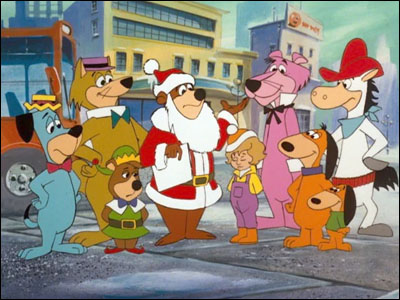
I went to this storyboard artist, introduced myself and told him that if he had any questions or problems to call me and I'd work with him to solve them. He said he would do that but whenever I later stopped by and asked to see what he'd done so far, he always said it wasn't ready for me to see. I never saw any of it before he turned it in to Bill Hanna, whereupon Bill Hanna made every last sound of pain and rage that you ever saw in one of his old Tom & Jerry cartoons. There was, it turned out, a reason the artist hadn't shown any of it to me.
This storyboarder had a habit of rewriting scripts he was given to storyboard. When he finally turned the job in — and remember, everything on this cartoon was on a tight deadline — Mr. Hanna blew sky high. The artist had taken it upon himself to rewrite large chunks of the script. This was wrong for about eighty reasons but I'll just name a few. One was that the voices for the show had all been recorded and if they wanted to change the lines he'd changed, they'd have had to call back those voice actors, some of whom were highly-paid, and pay them again.
Another thing was that Hanna, Mr. B and the network had all approved the script he had changed. Even when you aren't battling an impossible deadline, you don't go back to the network — the folks who are paying for the show — and say, "Hey, remember that script you all approved? Well, we've changed a lot of it!"
The story was about a little girl who runs away from her father and hangs around Yogi for Christmas while everyone is frantically searching for her. The network folks had okayed this premise on the condition that I never use the word "kidnap" or any form of it and I didn't. But in the storyboard artist's rewrite, he'd used that word about twenty times and added in a scene where the police corner Yogi at gunpoint and are about to shoot him.
This was a Christmas special. It was airing a few days before Christmas. And this guy had, among other alterations, turned the finale into a Clint Eastwood movie with talking animals and someone talking about making Yogi into a rug in front of a fireplace.
Hanna and Barbera both read over his revision and both thought it was awful. Mr. B thought the guy had handed it in late intentionally, knowing how pressing the deadline was. The assumption was that he thought they'd be forced to use it as he'd done it. Instead, they fired the guy and Hanna had an interesting comment about the dismissed storyboard artist. He said, "He won an Emmy once and ever since then, he's decided he knows more than anyone else, even guys like me who have several of them."
I don't know if the artist ever worked for Hanna-Barbera again. I do know he worked for other studios where he was dismissed for trying to rewrite scripts he was given. A few years later when I was doing Garfield and Friends — which was not an H-B show — he approached the producer and practically begged for work, promising he would not in any way try to rewrite the script. The producer gave him one I'd written, the artist went home and rewrote the script as he boarded it — again, a script that had already been approved by everyone and the voices had been recorded. He was dismissed and no one tried to fix this storyboard. It just went into the trash and they gave that script to another artist who started over. Maybe Bill Hanna was right about that Emmy.
Getting back to the Yogi Special which was about at DEFCON 2 status and climbing: Mr. Hanna called in Alex Lovy — said to be the fastest storyboard artist in the business — and he and a few other artists went to work on it. In just a few days, they redid all the scenes that the first guy had changed. The final board was a mess of notes and drawings that were practically stick figures and this all put the show in even greater deadline trouble.
It was being animated at a studio in Australia and the guys down under did triple overtime to get it done…and even then, several moments (including the last scene) were dropped out with Mr. Hanna's permission. There just plain wasn't time, I was told, to do those scenes or even to fix some of the inevitable errors that always turn up in the first pass at animating a show.

In this case, the first pass was the only pass. The show arrived from Australia the day before it had to air and the editors worked all night on it, trying to fix mistakes and cover for the never-animated footage. I don't think anyone but the editors saw it before it went on the air…although someone at CBS did order the bleeping of a word uttered by Snagglepuss.
I've heard of cartoons being edited but this is the only time I know of a character being bleeped. It was bleeped when CBS ran it, it's bleeped on all the home video releases and I assume it'll be bleeped when MeTV Toons runs it this Saturday. It's in a speech right after the scene where Yogi and Boo Boo are in a phone booth. Snagglepuss says, "Seasons greetings…Happy Hanukkah, even!"
It was in the script when everyone approved it. They recorded Daws saying it. The animators animated to it. And then someone gave the order to delete the word "Hanukkah." And I thought us Jews were supposed to run show business.
As I said in the column to which I linked above, I was relatively happy with how it all came out but — and I'll quote myself here — the fact that my pride in everything I did for H-B had to be qualified with phrases like "given the circumstances," along with my discomfort at arguing with Mr. Barbera will all be featured prominently some day in an article entitled, "Why I Stopped Working For Hanna-Barbera." I didn't then intend to write such an article and was kidding when I said I would…but maybe I will one of these days.
Anyway, I'm not urging you to watch the special this Saturday but if you do, I thought you might enjoy some of the backstory on it. If you do watch, let me know if by some chance the word "Hanukkah" has miraculously reappeared. I'm betting it won't.

